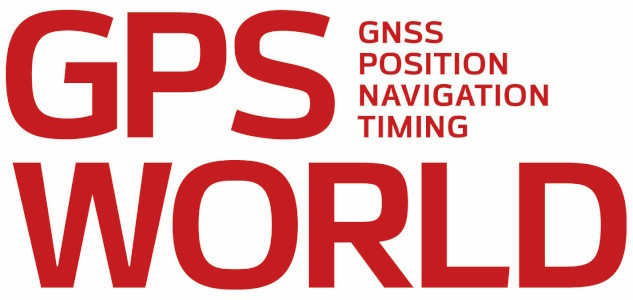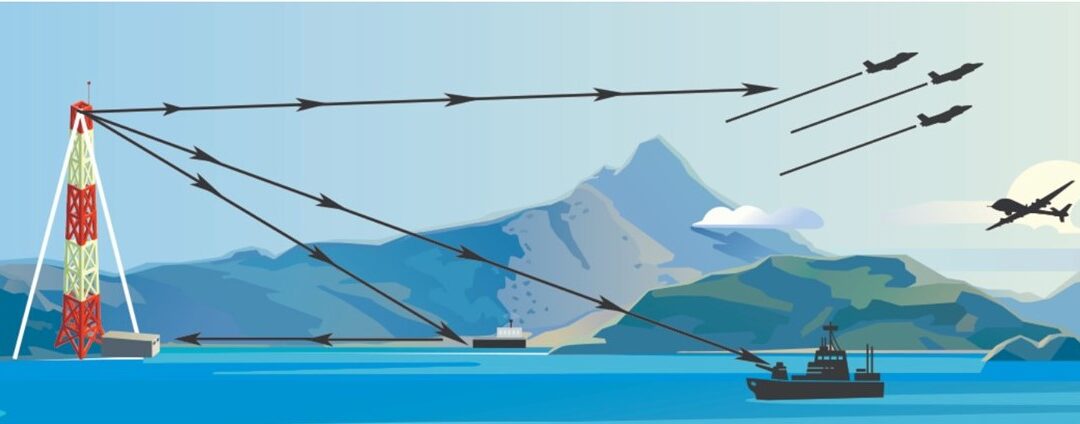Image: UrsaNav
What’s New: More action in the UK on resilient PNT.
Why It’s Important:
- The UK MOD announcement indicates there is a contract for a system in the wind.
- What the UK does can influence other militaries and governments.
- This MOD action will likely presage or influence what the UK does for critical infrastructure.
What Else to Know: It is all in the below article by RNTF President Dana A. Goward.

UK MOD investigating deployable eLoran
The United Kingdom’s Ministry of Defence (MOD) is focusing its alternative positioning, navigation and timing (Alt PNT) project on deployable eLoran. This comes after industry days for Alt PNT in March and June 2024.
The announcement came in a Request for Information (RFI) on Sept. 20. It specifies that a contract will be let for the development of a deployable eLoran network. As part of that contract, the MOD also wants to develop:
- A modelling capability, which will allow for theoretical analysis of capabilities and informing the concept of employment.
- An assured capability within the Loran Data Channel
- Information and demonstration of the resulting capability to stakeholders
UK PNT Policy Framework
Last year, the UK government announced a ten-point “policy framework” for advancing the nation’s PNT resilience. One of the ten points is:
“Develop a proposal for a resilient, terrestrial, and sovereign Enhanced Long-Range Navigation (eLORAN) system to provide backup position and navigation.”
Most have seen this as a provision for a fixed domestic system for use by critical infrastructure and applications. The UK already has an on-air single eLoran transmitter that provides a timing signal. An announcement about establishing two or more additional transmitters to provide PNT services for the British Isles and their adjacent waters has been anticipated.
The policy framework also includes:
“Develop a proposal for ‘MOD Time’ creating deeper resilience through a system of last resort and use NTC-provided timing to support MOD.” [NTC stands for National Timing Centre.]
It is not immediately clear how this RFI from the MOD fits these two provisions, if at all, or is entirely separate.
1970s Deployable Loran
Deployable Loran, or Loran-D was first developed for the U.S. Air Force in the 1970’s. An oral history recounts that a system was deployed early in the 70’s by the 6514th Test Squadron at the Utah Test and Training Range (UTTR), a component of Hill Air Force Base. It was built by Megapulse, employed a Hewlett Packard beam clock and 150 ft antennas, and was used for testing unmanned aircraft. There are also indications elsewhere that the Air Force used it for precision bombing.
Specifications for Loran-D are documented in a 1972 U.S. Coast Guard technical manual available on a U.S. Department of Defense website.
Industry sources say that this earlier work provides a solid foundation for developing future deployable eLoran systems.
UK MOD Requirements
The RFI is fairly specific about the questions it wants answered. These requirements look nearly ready to be transformed into a Request for Proposal and contract language. They include:
- The demonstrator system shall include a minimum of 3 transmitters to enable a suitable receiver to live demonstrate position and time determination from the system.
- Across the coverage area, the system shall transmit a signal that allows receivers to achieve position and timing accuracy in line with the needs of defense platforms (which have not yet been specified).
- The system shall be able to operate with and without GNSS access.
- The system shall be able to operate both with and without access to eLoran signals from eLoran transmitters outside the deployable system’s group.
- The system shall be capable of maintaining performance & accuracy for prolonged periods, including without access to eLoran and GNSS signals.
- The system shall be able to be contained and transported in an ISO container.
- The system shall be able to be assembled, initialized and disassembled by as small a team as possible.
Respondents must submit by the 18th of October to be considered.
The RFI can be downloaded from the MOD website here. Note: Two RFIs are posted on the site. 20240920_Alt PNT_ RFI_1.pdf has the correct submission date.


